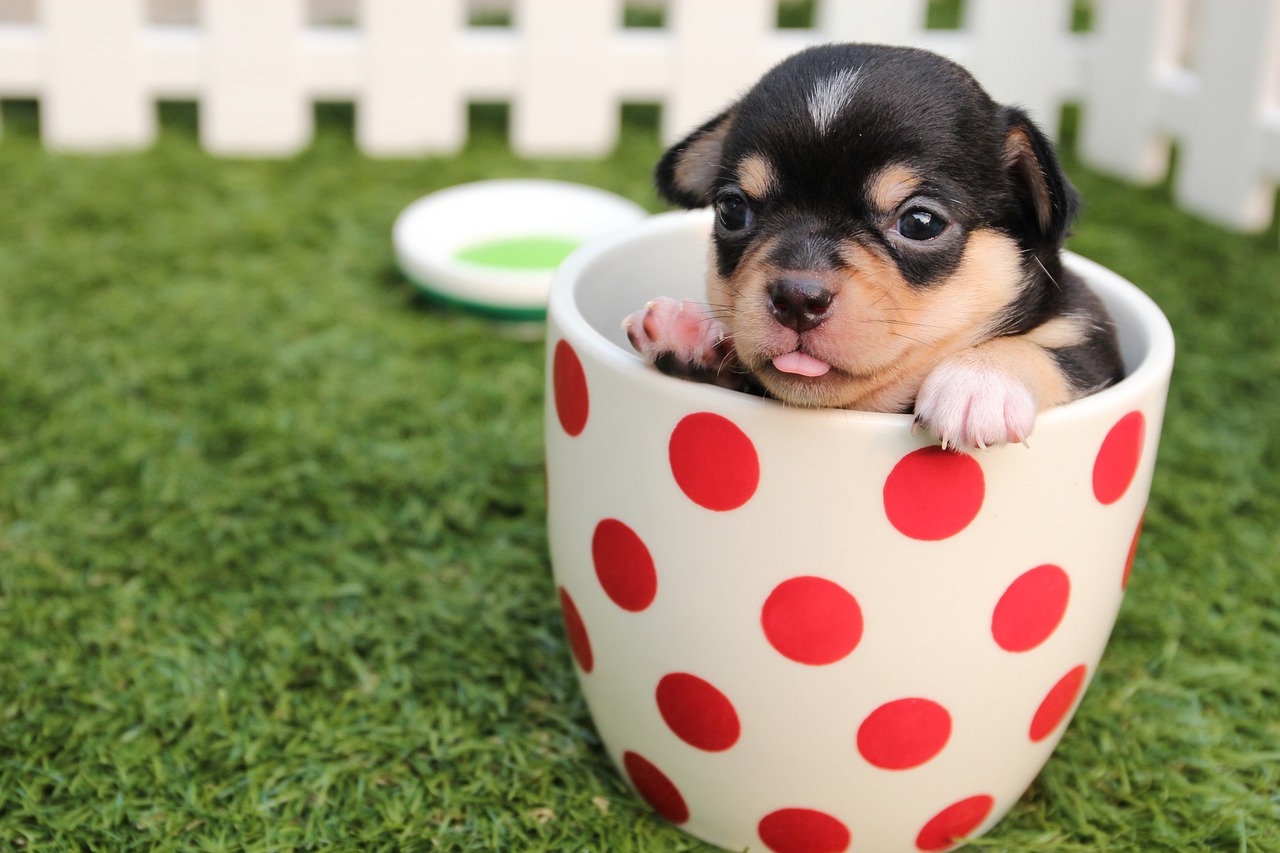Are you just about ready to bring home a new furry companion? Congratulations!
Looking for a dog to add to your family and getting ready to bring one home is always such an exciting time!
There are so many things to decide. What will I name my new dog? What color leash and collar should I get? Do they need to match?! And the biggest question of all: What is the best dog breed for me to adopt?
We know all individual dogs have different personalities (that’s part of the fun!), but most dogs within the same breed share certain characteristics and traits.
Keep reading to learn more about the ten things to consider when deciding what breed will be best for you!
What is The Best Dog Breed For Me? 10 Things to Consider!
1. Level of activity
Compare your activity level to the dog breeds at the top of your wishlist.
Do you enjoy going for a relaxing stroll every evening? Or are you more of a runner, wanting an excited running partner by your side? Or maybe you’d rather just throw the ball around for a bit in the backyard.
Your level of activity should definitely be something you consider when deciding which dog is best for you.
Many dogs will adapt to their owner’s lifestyle, but some have exercise and activity requirements that need to be considered.
If these aren’t met, bad behaviors can develop due to the dog’s frustration with its inadequate activity. Even if you take your dog out for walks twice a day, it might need more exercise, play, or stimulation!
🐾 Tip: On Bleppy, you can filter dogs by their level of activity!
Click here to download Bleppy today!
2. Monthly costs
Adopting a dog isn’t just about the upfront adoption fee.
Owners must be able to commit to the dog’s needs for the dog’s lifetime.
Even if that adorable puppy is ‘only’ a few hundred bucks, and the initial costs of getting a dog like buying a kennel, food and water bowls, and a leash and collar aren’t that bad, other expenses that are going to occur must be considered.
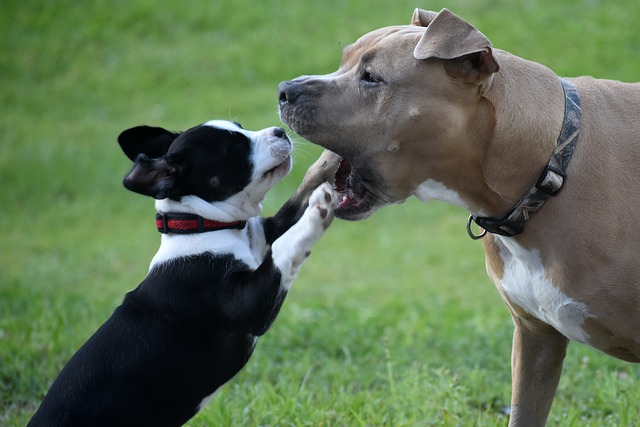
You will need to be prepared for the standard preventative care costs associated with veterinary care. And you’ll also want to ensure you have money to cover any unexpected expenses, like a trip to the emergency vet.
Another expense to consider is the monthly cost of food.
For a little 15-pound Bichon Frise, you might only need to pay $20 a month on food. But, for a 120-pound Newfoundland, you might need $45 to $60 or more a month to cover food expenses.
And don’t forget grooming!
Many dogs require grooming at least every other month, if not every month.
For a smaller dog, a bath and haircut with nail trimming can cost around $80 or $90. For a larger dog that needs a deshedding bath, nail trimming, and light trim, it can cost up to $150.
Some of these grooming needs can be met at home, but you’ll need to invest in the proper tools like brushes and combs to give your dog the proper grooming it requires.
3. Trainability
How smart do you want your dog to be? Or rather, how much time do you have to invest in training?
Any dog can learn just about anything, but some take to training faster than others.
Labradors and Golden Retrievers are eager to please and will do just about anything for a pat on the head and a treat!
Whereas a Great Pyrenees will just think it’s cute that you are trying to make them do something.
Then they will think long and hard about whether or not they will do what you asked them to do!
Some dogs require more patience and more time put into training than others.
4. Size of your space
How much room do you have for a dog?
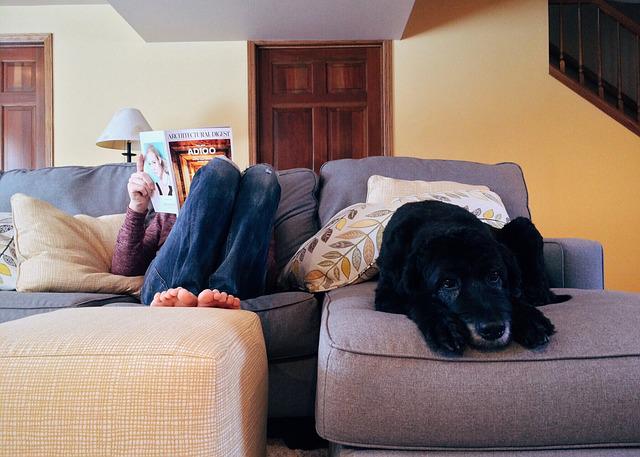
If you live in a house with a huge fenced-in backyard and plenty of square footage, just about any dog would do great in your home.
If you live in an apartment complex on the highest floor, a smaller breed or a breed with less energy levels may be better for you.
Contrary to popular opinion, large dogs can do great in apartments depending on their activity level needs.
A Great Dane will be perfectly happy with one or two good walks outside a day and a comfy couch to stretch out on.
A Siberian Husky might drive you crazy running around a small apartment and your neighbors in the apartment next door crazy with its vocalizations.
If you have a tiny house where every square inch of space is strategically used, a smaller dog may be the best fit.
You certainly wouldn’t want a Tibetan mastiff in a tiny house with you! It might be kind of cozy!
5. Noise
Some dog breeds tend to have a lot more to say than other breeds.
For example, we know how much Huskies love to talk, sing, and vocalize.
And how some Beagles like to howl at everything from the mailman to a leaf fluttering on the ground in the yard!
If you have young kids at home who need to stick to a nap schedule or if you work the night shift and need to rest when your dog is up, these might not be the ideal breeds for you!
Or if you live in an apartment with thin walls!
6. Drooling and Shedding
How much of a mess dogs make just by existing might be a factor to consider for some people, too!
If you already hate to sweep or vacuum a lot, an Alaskan Malamute or a Labrador Retriever may not be your dream dog.
And if drooling is an absolute no no on your checklist, a Neapolitan Mastiff or a Saint Bernard might not get a checkmark by their name.
Instead, a Shih Tzu or Standard Poodle might be a better fit!
😉 Tip: On Bleppy, you can also filter pets by their level of drool and shedding.
Click here to download Bleppy today!
7. Sociability (Humans)
It is important to remember that, like humans, some dogs are more extroverted or introverted than others.
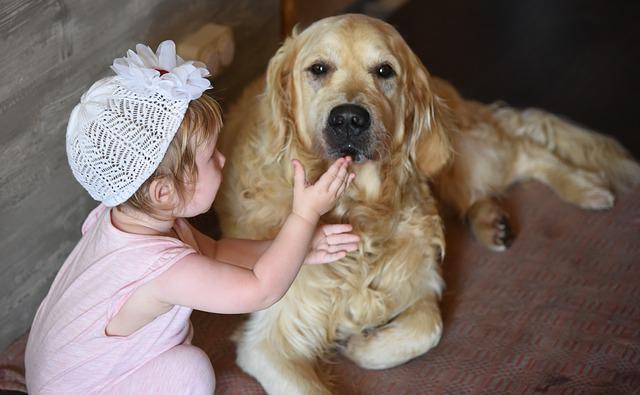
Some might be totally pumped up, excited, and ready to party when a stranger or a new dog visits your home.
Others may just prefer the company of their parents and feel threatened or scared by visitors.
Also consider your other family members.
Some breeds are wonderful with children, like the Golden Retriever or the Staffordshire Terrier, commonly called Nanny Dogs! While others, like the Pekingese and the Greyhound, might not be known to be quite so accommodating to tail pulling and fur grabbing.
Training and proper socialization can certainly help a dog learn and better accept the strange and the new, but some breeds are more accepting than others.
8. Sociability (Dogs)
Also, consider how much you want to interact with other dogs.
Do you love the idea of taking a dog to play with other dogs in the dog park? Best to make sure the dog loves that idea, too!
Some dog breeds are more likely to be complete social butterflies at the dog park, while others might be more selective about who they want to spend their time with, and others may not want to be around other dogs at all and instead only enjoy the company of humans.
9. Attention
Another question to ask is how much attention can you give your dog, and how much attention will your dog require from you?
Of course, we know the standard amount of care and attention required for dogs, but some breeds can definitely be classified as velcro dogs or stage five clingers who just want to be right by your side!
Others can be described as more aloof and independent.
Vizsla, Doberman Pinschers, and nearly all the shepherds tend to love their humans and want nothing but to be right beside them.
Others, like the Chow Chow, Shiba Inus, and Irish Wolfhounds, can be quite content with their own company.
10. Age
Once you’ve narrowed down which dog breeds might be the best fit for you, age will be the next determining factor.
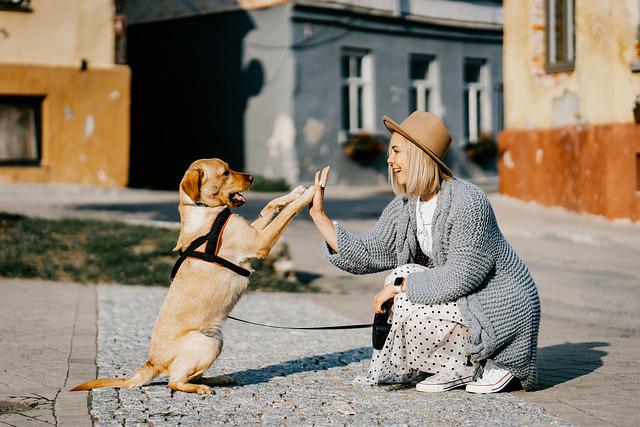
Say, for example, you’ve narrowed down your choices to medium to large size breeds.
A 12-year-old German Shepherd won’t require nearly as much daily physical exercise as a one-year-old Labrador Retriever.
The German Shepherd might be content to just go for a quick walk around the block and bring the ball back for you a few times before settling down for a snooze at your feet.
Whereas the Labrador Retriever might need to go around the block several times or even go for a hike at a nearby trail and then run after the ball in the backyard for a good length of time before he is ready to settle down.
And, of course, we can’t forget about puppies! Those little things are a lot of work as they have a lot of energy!
If the activity level is a problem for you, maybe you can compensate for that by choosing an older dog that probably won’t require so much.
What is The Best Dog Breed For Me?
Close your eyes and imagine life with your new dog.
What do you see?
If you are really busy all day long and just want to relax in the evening, maybe the older German Shepherd will be the perfect fit for you.
Or, if you want an exercise partner, maybe the younger lab will be just right.
If you are looking for more of a challenge, a puppy might be exactly what you need!
There are so many amazing dogs out there that are in need of an amazing home, too.
Adopting from a shelter doesn’t mean you won’t find your perfect breed!
All dog breeds of all ages can be found in shelters.
Whether you want to bring home a puppy or you are looking for a senior companion, once you’ve picked out your dream breed, take a look, and you might just find that your dream dog is waiting to be adopted by you today!



